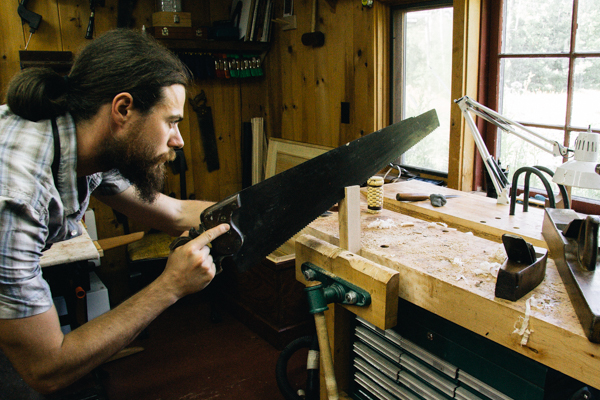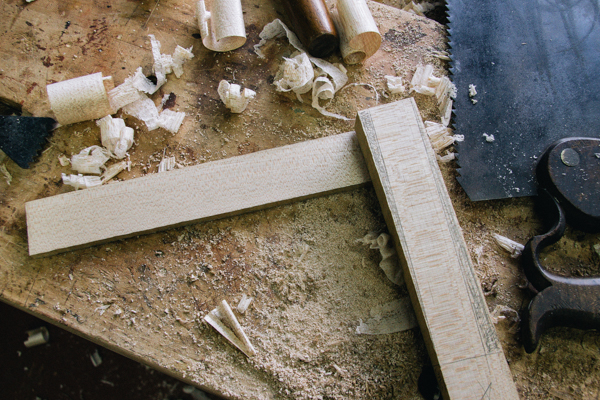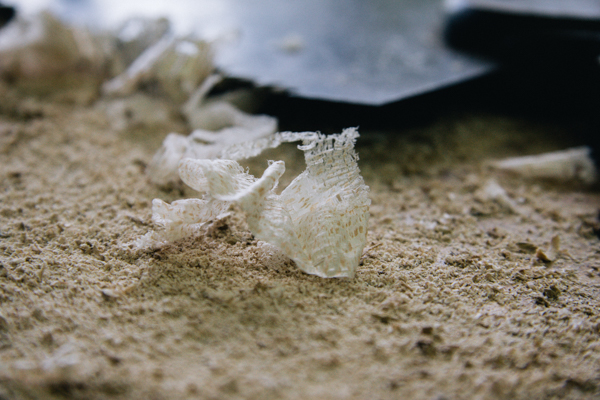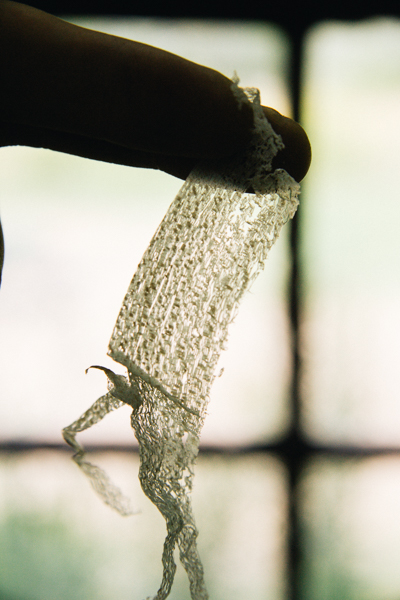We may receive a commission when you use our affiliate links. However, this does not impact our recommendations.
I learned how to make tools from two places: 1.With Hammer in Hand (The book about the Dominy workshop) and 2. American museum tool collections. When I looked at these collections, I saw an overwhelming majority of tools in which clearly aesthetics were an afterthought. Plain grain (stability), few decorative embellishments and apathy toward surface refinement were ubiquitous characteristics. There are always exceptions of course, but those exceptional examples are the ones that live on and fetch great sums from collectors precisely because of their rarity. The survival of these hardly reflects the plethora of common serviceable tools made by the journeymen of the past. Most of my tools reflect this value system so I don’t know what got into me today.
While digging in my scrap bin, I found some nice quartersawn maple. It had pronounced ray fleck and I thought it would make a lovely try square. Let me clarify: I don’t need another try square. I just envisioned the grain shimmering down the square’s blade and couldn’t resist. What got into me? Did 18th-century artisans have these same thoughts? Perhaps at times they did, but it is readily acknowledged that these guys didn’t get into this trade because of impassioned impulses to “work with their hands” and “connect with natural materials.”
I know there is a trend today to correct the Arts & Crafts over-romanticism of pre-industrial woodworking. “They were cabinetmakers only because their fathers were cabinetmakers.” “They never dial calipered the thinness of their plane shavings.” “They were not romantic about their work.”
That mantra has its place. If you’re doing historic interpretation, I think it’s important to reflect the work attitude of the period maker and the fact is, cabinetmaking was a common practical vocation, not a weekend respite from the office job. But today, when I discovered that figured maple, I was again reminded that in all honesty I do love woodworking. And I’m not ashamed of it. Although my goal is to reproduce the work of period artisans, I’m not afraid of feeling romantic about woodworking. I still cherish the feel of a freshly sharpened iron soaring across prepped lumber. There’s something so psychologically (and philosophically?) satisfying about shaping wood into something beautiful and functional. That’s why most of us got into woodworking anyway, right? Man’s deep inner desire to create is in all of us, I think. When I can, with my own hands, manipulate simple tools of wood and metal to create elegant and functional objects with ease, my inner Krenov shouts, “Huzzah!”
p.s. This post is a complement (not a contradiction) to my previous thoughts on work perspective.
Here are some supplies and tools we find essential in our everyday work around the shop. We may receive a commission from sales referred by our links; however, we have carefully selected these products for their usefulness and quality.












